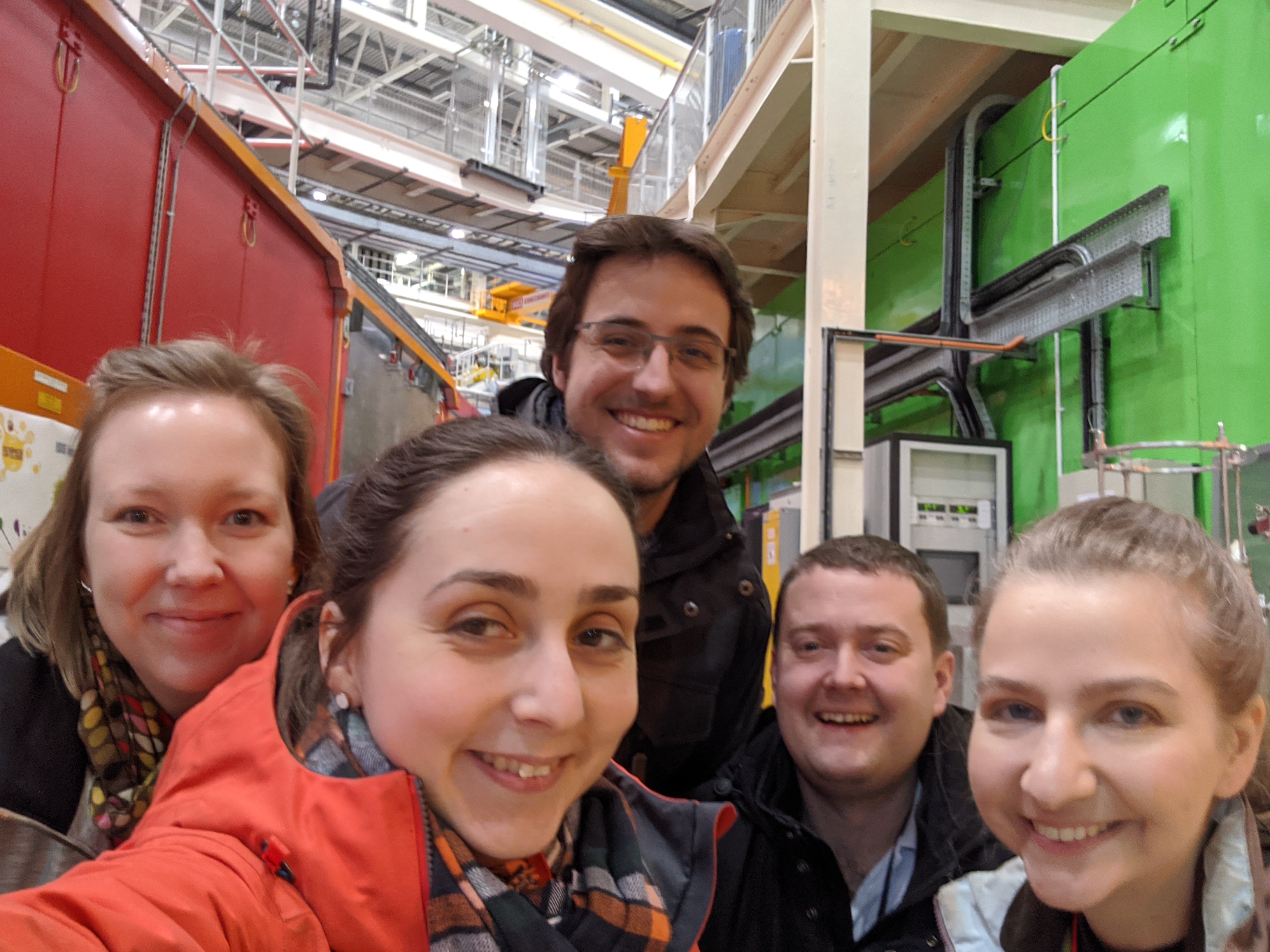Lipid nanomedicines are currently undergoing a revolution and have exploded in popularity in recent years. They are already used clinically for chemotherapy treatment as well as delivery technologies for vaccines. Despite their success, it is still challenging to study these nanomedicines on the nanoscale and at the single particle levels. This team of researchers aim to use the information gained from these studies to improve understanding of these formulations and to design improved ones. Using a multi-disciplinary approach that combines SPARTA (Single Particle Automated Raman Trapping Analysis), SAXS (Small Angle X-ray Scattering) and SANS (Small Angle Neutron Scattering), we can study lipid nanomedicines to provide a level of detail that was not previously possible. These techniques also provide complementary information to one another.
SPARTA is a Raman based characterisation technique recently developed by the Stevens Group at Imperial College London, which gives label-free, non-destructive, single particle chemical information at the population level. SANS was carried out on the Sans2D and Zoom instruments here at ISIS to measure corresponding bulk-level particle morphology. The advantage of SANS in research such as this, is that the particle formulation observed can be near functional concentrations, meaning the researchers do not have to alter the particle formulation to use it in their experiments. This highlight looks at the role of SANS in two studies carried out by the team on different types of lipid nanocarriers.

The Beamtime Team (L to R): Miina Ojansivu, Hanna Barriga, Jelle Penders, James Doutch and Cat Saunders.
Using LNPs to create enzyme-responsive nanocarriers:
The first paper investigated the structure of lipid nanoparticles (LNPs) and their interaction with the Phospholipase D (PLD) enzyme to understand how lipid nanoparticles could be processed by the cell. LNPs are a delivery system, transporting their payloads to cells in the body. Most of us have encountered LNPs in the form of the mRNA Covid-19 vaccine. Unfortunately, only a small amount of LNPs elicit a functional response, so a greater understanding of their structure and function is needed.
SANS gives information on the structure of LNPs in their formulation. It allows researchers to study particles in the solution at a pharmacologically relevant concentration - the concentration they would be used at in a clinical setting. The understanding of the average structure of particles provided can be related to their performance and eventually build knowledge on the optimal structure of LNPs to support their development.
In this study, the researchers found that the structure of the lipid nanocarrier had a direct impact on how it interacted with the phospholipase D enzyme and that the structure of the lipid nanoparticles was influenced by the method that they were formulated. The SANS data and analysis was fundamental to enable us to draw these conclusions. The results of the study created an interesting potential to create enzyme responsive LNPs for pharmaceutical applications.
Dr Hanna Barriga from Imperial College London had this to say: “Our collaboration with James Doutch at ISIS Muon and Neutron Source has enabled us to understand the structure of our formulations at the nanoscale in a level of detail that was previously not possible. Using this structural data combined with our single particle analysis (SPARTA), we were able to demonstrate how formulation conditions impact nanoparticle structure and how different structures interact differently with enzymes. It's really fascinating to see how we can use this moving forward to design the next generation of lipid nanomedicines”
Analysing nanomedicine heterogeneity and drug loading modes:
The second paper researched drug loading in lipid and polymer nanovesicles, which can be used as drug delivery systems. The drug can either be loaded into the particle core or membrane, which can affect stability and release rate, but this is challenging to distinguish with standard characterisation techniques. Furthermore, these nanomedicines can be prone to population heterogeneity, where different particles within the same batch exhibit different physical or chemical properties. This could impact their clinical outcomes, because nanoparticles with a higher drug load could deliver a higher dosage and potentially exhibit higher toxicity. An analytical method was developed using the single particle information from SPARTA to distinguish drug loading location and loading sub-populations.
SANS provided important information on why loading behaviours differ to enable the development of this method. When heterogeneity in drug loading behaviour was first observed with SPARTA in nanoparticles, it was unclear why. It was possible that particle morphology was responsible. For instance, large aggregates have a different loading capacity to small, dense particles. SANS showed that the structure was homogenous across particles. This ruled out the assumption that drug loading only differs between particles due to structure.
The development of new nanomedicines is limited due to a lack of understanding of nanoformulation heterogeneity. An understanding of drug loading and heterogeneity is vital to further nanomedicine development, to better understand their stability, release rate and biodistribution. The team hope that their method for nanomedicine analysis can be applied by manufacturing and regulatory bodies to boost use of nanomedicines in a clinical environment.
Cat Saunders, lead author on the paper, said "It is exciting to see how a combination of SPARTA and SANS can be used to deepen our understanding of relevant nanomedicines, and to develop new methods that could benefit early-stage research, quality control and regulatory bodies."
